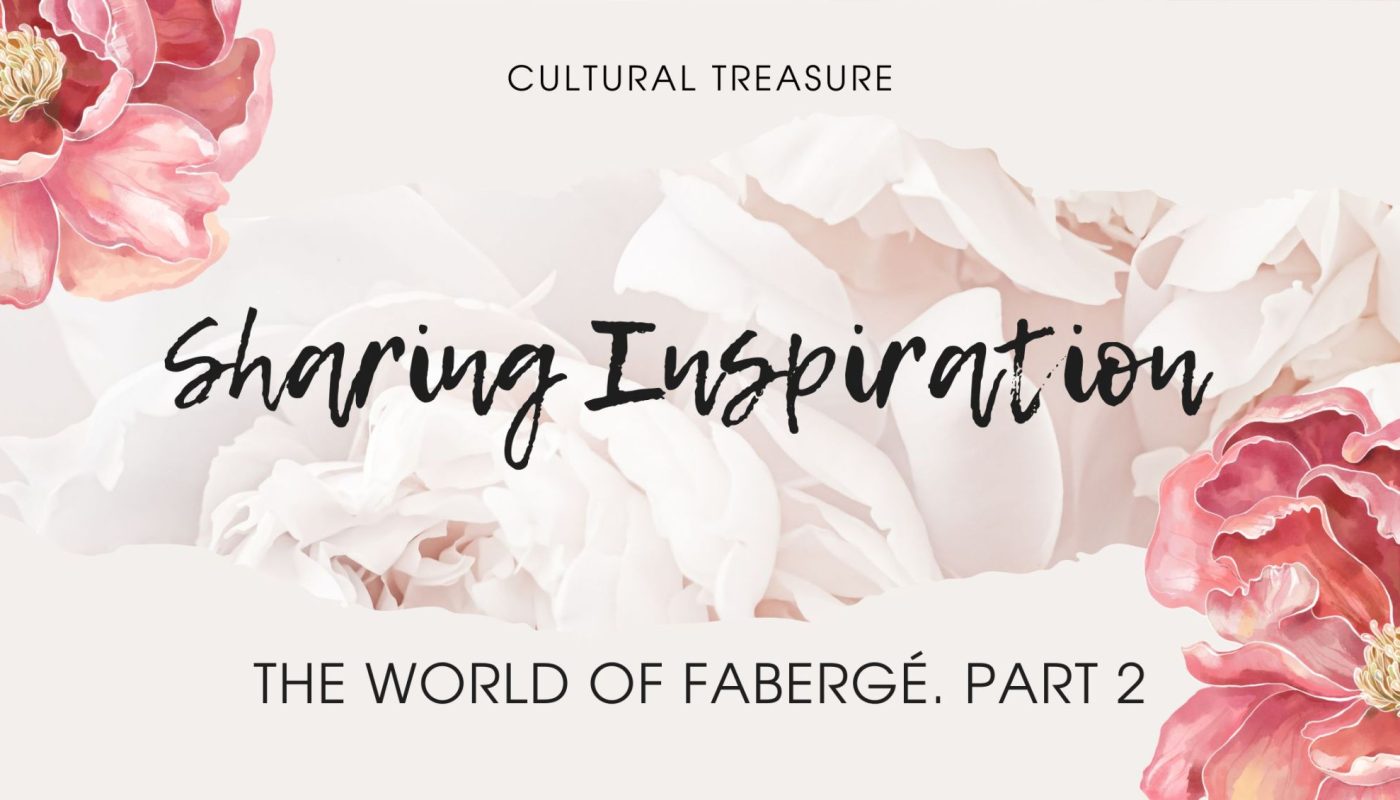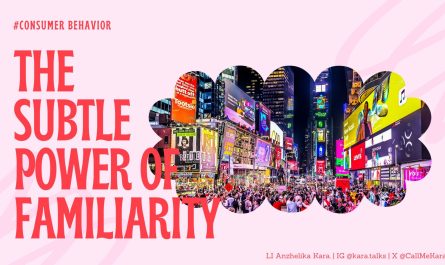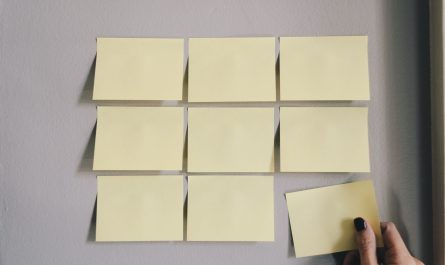The Imperial Eggs are the most famous works of Carl Fabergé. Today they are the object of art saved in private collections and presented in museums.
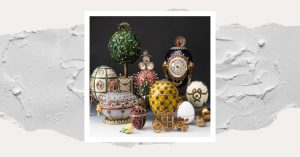
The celebrated series of 50 Imperial Easter eggs was created for the Russian Imperial family from 1885 to 1916. These creations are inextricably linked to the glory and tragic fate of the last Romanov family. They were the ultimate achievement of the renowned Russian jewelry house and must also be considered the last great commissions of objets d’art . Ten eggs were produced from 1885 to 1893 for the Empress Maria Feodorovna, during the reign of Emperor Alexander III; 40 more were created during the rule of his dutiful son, Nicholas II, two each year, one for his mother, the dowager, the second for his wife, the Empress Alexandra Feodorovna.
The first Easter egg was made by Carl Fabergé in 1885 for Alexander III. It was a gift for his wife, Empress Maria Feodorovna, née Princess Dagmar of Denmark, who praised the work of the “young but already fully mature, first-class jeweler” three years earlier at the All-Russian Industrial and Art Exhibition in Moscow.
At the request of Alexander III, his brother Grand Duke Vladimir Alexandrovich, president of the Imperial Academy of Arts, became a curator of the first Imperial Easter project, while the Emperor was co-author with Faberge of the first egg. The jeweler was supposed to create a version of a French Easter egg of the early eighteenth century that had belonged to the parents of the Russian Empress Maria Feodorovna. The eggshell was made of ivory and inside contained another egg, of gold, with declivities for a perfume bottle, and the hinged lid shaped as an enamel yolk. When it was opened, a brown enamel hen could be removed from a diamond nest; inside the hen was a tiny crown with diamonds and pearls, and hidden within that was a ring with diamonds.
Fabergé did not make a copy of the ancient model but created his own original and elegant variation. The egg is made of gold and covered with opaque enamel, slightly sueded, like an eggshell. Inside there is a gold yolk, within which is a hen of multicoloured gold, containing a tiny diamond Imperial crown. As for the final surprise, Alexander III decided to replace the ring with a small egg (of some precious stone,” thinking “it could be very sweet”).
Emperor and Empress liked the result so much that Faberge Easter Eggs became a tradition.
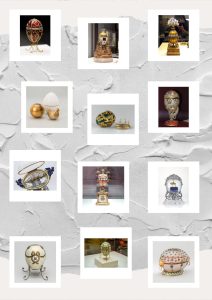
How did you like the post? SURVEY
________________________________________________________________________________
More inspiration you can find in my Instagram @atlas_of_inspiration
________________________________________________________________________________
All posts:
Sharing Inspiration. Introduction
Sharing Inspiration. The World of Fabergé. Part 1
Sharing Inspiration. The World of Fabergé. Part 3
Sharing Inspiration. The World of Fabergé. Part 4
Sharing Inspiration. The World of Fabergé. Part 5
Sharing Inspiration. The World of Fabergé. Part 6
Sharing Inspiration. Russian Ballet. Part 1
Sharing Inspiration. Russian Ballet. Part 2
Sharing Inspiration. Russian Ballet. Part 3
Sharing Inspiration. Russian Ballet. Part 4
Sharing Inspiration. Russian Ballet. Part 5
Sharing Inspiration. Cultural Diversity. Part 1
Sharing Inspiration. Cultural Diversity. Part 2
Sharing Inspiration. Cultural Diversity. Part 3
Sharing Inspiration. Cultural Diversity. Part 4
Sharing Inspiration. Cultural Diversity. Part 5
________________________________________________________________________________
Sources:
@faberge_museum faberge.com @kremlinmuseums
G. von Habsburg, T. Muntian, V. Skurlov, U. Tillander-Godenhielm, K. McCarthy, M. Schaffer, I. Buseva-Davydova, A. von Solodkoff, E. Khmelnitskaya. “Faberge. Treausures of Imperial Russia. Faberge Museum, St. Petersburg”, New York: Skira Rizzoli, 2017.
